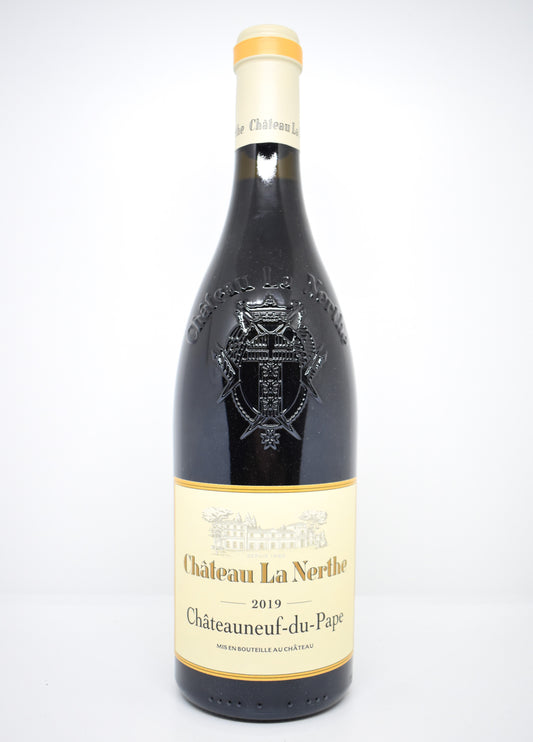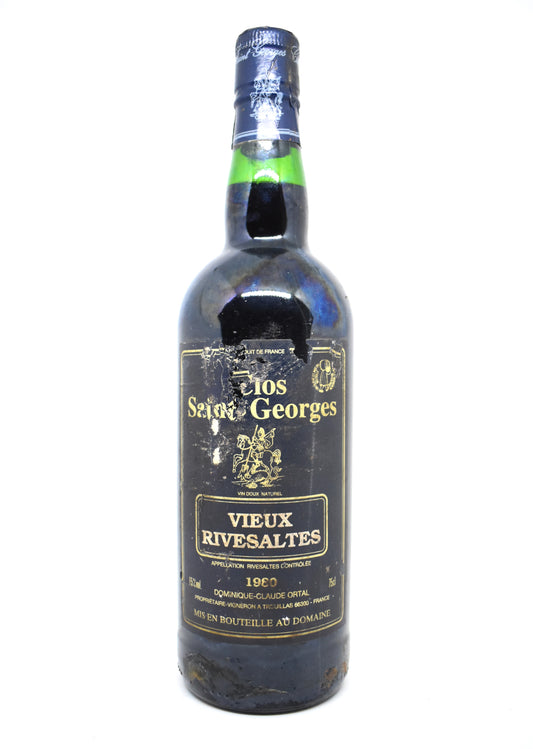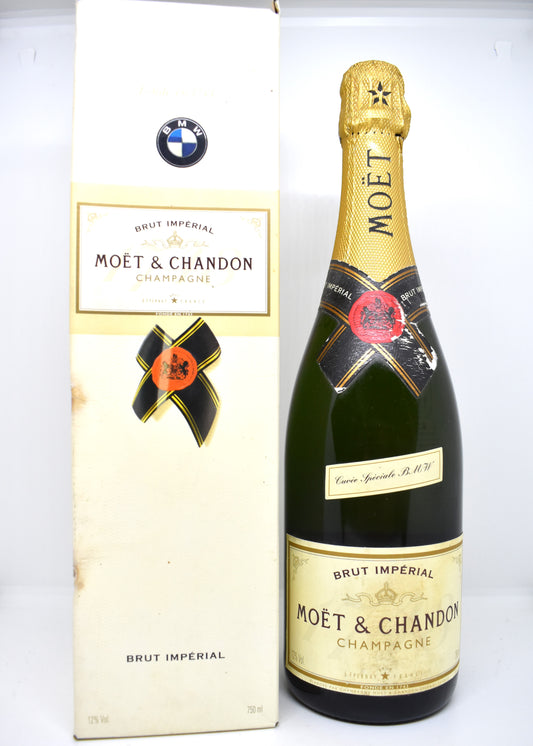Decanting is a technique used in wine service that involves pouring a bottle into a carafe before tasting. This method is intended to aerate the wine and, in some cases, remove sediment. Decanting is particularly useful for young or older wines, but it is not necessarily necessary for all types of wine.
Why decant wine?
There are two main reasons for decanting a wine:
Aerate the wine
When a wine is bottled, it is isolated from air, which helps preserve its aromas and structure. However, exposure to oxygen before tasting can help some wines "open up," releasing their aromas and softening their structure. This oxygenation accelerates a process similar to what happens naturally when a wine is stored and aged in the bottle.
Remove deposits
Some wines, especially aged red wines and some unfiltered wines, may contain sediment. These solid residues are perfectly natural, but they can alter the texture of the wine in the mouth if not removed. Decanting helps separate these deposits from the liquid before serving.
Which wines to decant?
Young powerful red wines
Young wines, especially those made from tannic grape varieties like Cabernet Sauvignon, Syrah, or Malbec, often benefit from decanting. These wines may be closed or austere when opened, with tannins that are still tight. Decanting allows them to air out and release their fruity and spicy flavors, while softening the tannins. This improves their balance and makes them more enjoyable to drink.
Aged wines
For older red wines, such as great Bordeaux, Burgundy or Rhone wines, decanting can be helpful in separating out sediment that has built up over time. However, these wines are often more fragile and sensitive to oxygen, so caution is advised: decanting them for too long could cause them to fade. In these cases, it is often best to decant the wine just before serving.
White wines
Contrary to popular belief, some white wines can also benefit from decanting, especially when they are young and complex, such as great Burgundy wines, Chenin Blanc or Rieslings. Aeration allows these wines to reveal all the complexity of their aromas. However, it is not necessary for the majority of light and fresh whites.
Decanting: a different technique from carafing?
Decanting is a method often confused with carafing, but it has a slightly different purpose. Decanting involves transferring wine, usually an older or unfiltered wine, into a carafe with the primary goal of separating solid deposits from the liquid. Older red wines, especially those made from grape varieties like Cabernet Sauvignon, Merlot, or Syrah, often develop sediment over time. This residue, while natural, can make the wine's texture unpleasant on the palate if not removed.
The decanting process should be done gently, often with the aid of a candle or light source behind the bottle, to observe the sediment and stop before it passes into the carafe. Unlike decanting, the primary purpose of decanting is not to aerate the wine, although some slight oxygenation may occur during the process.
Differences between carafing and decanting
Decanting : It is mainly used to aerate wine, particularly young and tannic wines that can benefit from prolonged exposure to air. The aim is to develop the aromas and soften the tannins. It can also be used for complex white wines.
Decanting : This mainly aims to separate solid deposits from older wines. This operation is often carried out shortly before serving the wine, and aeration is not necessarily desired, as older wines can be fragile and quickly lose their intensity.
When to avoid decanting or carafing?
Some wines, especially very old or fragile wines, can quickly lose quality if exposed to oxygen for too long. In these cases, decanting can be helpful, but prolonged decanting should be avoided. For simple wines or light red wines, such as Beaujolais, decanting or decanting is generally not necessary.
How long to decant a wine?
Decanting time varies depending on the type of wine. Here are some general recommendations:
Young tannic reds : 1 to 3 hours of decanting allows the aromas to be released and the tannins to soften.
Aged red wines : decant just before serving to avoid too long exposure to air.
Complex white wines : 30 minutes to 1 hour of decanting is enough to bring out their aromas.
Conclusion
Decanting and carafing are two essential techniques for enhancing the tasting experience, each tailored to specific types of wine and situations. Decanting helps aerate young wines and release their aromas, while decanting is a delicate method designed to remove sediment from older wines without over-oxygenating them. The key is to know the wine you want to taste and choose the technique best suited to maximize its qualities.





